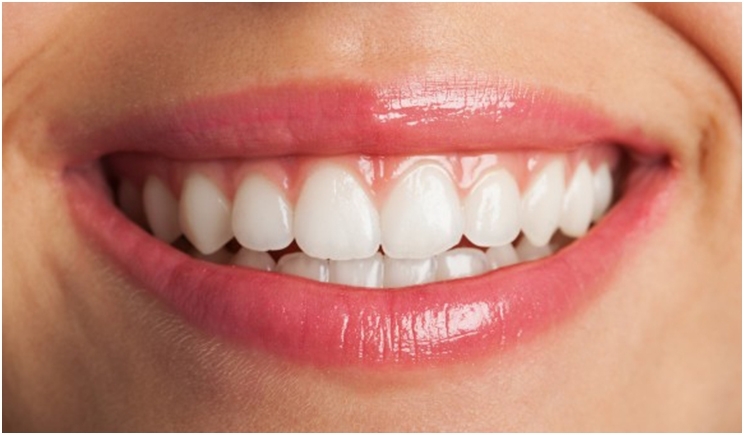
I appreciate the fine article Dr. Wynn H. Okuda shared on masking techniques for extremely dark teeth in the August 2019 issue of Dentistry Today. That is a technique that may be needed in discoloration cases. However, I must take issue with the statement that “Bleaching only removes extrinsic stains,” as that is not a correct statement.
Bleaching primarily removes intrinsic stains as well as external stains. The peroxide molecule passes through the enamel and dentin to the pulp in 5 to 15 minutes.1 Bleaching is changing the color of dentin,2 which is where the tooth color resides. Enamel is almost transparent.
Tetracycline is an intrinsic stain. Hence, tetracycline-stained teeth can be bleached3,4 to some level, although each analogue of tetracycline creates a different color in the dentin with a different response. Some tetracycline stains are totally removed, while others are only made lighter.
Bleaching treatment time for tetracycline stained teeth with 10% carbamide peroxide in the nightwear of a non-scalloped, no reservoir tray can take from one to 12 months of nightly treatment, with the average being three to four months.5 There is no damage to the pulp or the enamel from this long-term treatment of a low concentration of carbamide peroxide.6
The technique for masking is important to know, as gray from tetracycline or amalgam is the hardest color to bleach,7 but the lighter the gray, the easier for the masking technique to work well.
No restorative material we as dentists can provide is better than God’s enamel, so our first choice in issues of discoloration should be how to preserve enamel and still obtain the aesthetic results desired through bleaching first, then proceed with masking if needed.
References
1. Cooper JS, Bokmeyer TJ, Bowles WH. Penetration of the pulp chamber by carbamide peroxide bleaching agents. J Endod. 1992;18:315-317.
2. McCaslin AJ, Haywood VB, Potter BJ, et al. Assessing dentin color changes from nightguard vital bleaching. J Am Dent Assoc. 1999;130:1485-1490.
3. Haywood VB, Leonard RH, Dickinson GL. Efficacy of six months of nightguard vital bleaching of tetracycline-stained teeth. J Esthet Dent. 1997;9:13-19.
4. Haywood VB, Sword RJ. Tooth bleaching questions answered. Br Dent J. 2017;223:369-380.
5. Haywood VB, Sword RJ. Bleaching tetracycline-stained teeth: considerations and recommendations for treatment. Inside Dentistry. 2018;14:38-44.
6. Li Y. The safety of peroxide-containing at-home tooth whiteners. Compend Contin Educ Dent. 2003;24:384-389.
7. Haywood VB, Fortney LA. Diagnosis and prognosis for dark tooth bleaching. Decisions in Dentistry. 2019;5:10-14.
Dr. Haywood is a professor in the Department of Restorative Sciences at the Dental College of Georgia at Augusta University. A 1974 graduate of the Medical College of Georgia School of Dentistry, he was in private practice for seven years in Augusta and taught at the University of North Carolina School of Dentistry in Chapel Hill, NC, in operative and prosthodontics for 12 years before coming to Augusta University in 1993. He can be reached at vhaywood@augusta.edu.
Related Articles
How to Improve Caries Control in Patients With Dry Mouth
Bleaching a Retained Primary Tooth
The Occlusal Caries Biopsy Helps Preserve Teeth











